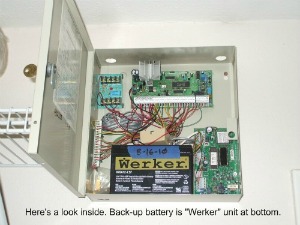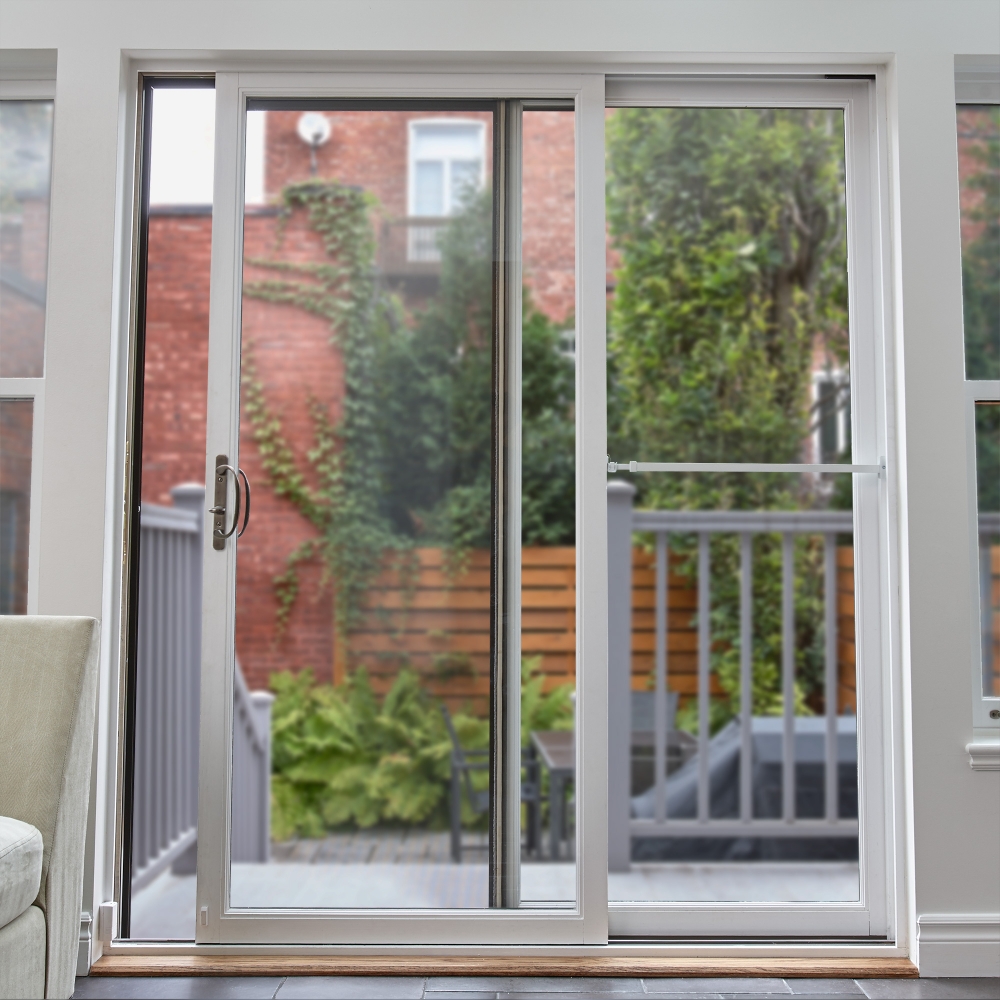
Ring door locks offer a great security solution that can be used for many purposes. They're ideal for seniors or parents who don’t like to leave their keys at home. It is easy to lock the door once and leave it open for guests.
Schlage Encode
Schlage Encode Ring door locks for Schlage Encode are compatible with Ring security, Google Assistant and Amazon Alexa. You can control the locks using the app on your smartphone. Schlage Home's app offers many additional features, including setting alarms when someone approaches your door. This app is a good choice for those who want a way to monitor their security.
There are many styles available for the Encode ring door lock, including Camelot and chiseled Century trims. Both locks are available in Satin Nickel and Matte Black, as well as mounting hardware. This lock is designed for interior doors and will fit standard door thicknesses of 1-3/4 inches. The lock comes with a 3-year electronic warranty.

Yale Assure
The Assure Lock SL is one of the slimmest smart locks on the market. It has a keypad with keyless entry and a touchscreen keypad. The fingerprint sensor makes it an ideal choice for families with small children. It also comes with a warranty and a 30-day money-back guarantee.
Yale Assure SL smart lock uses ZWave plus for communication with the Ring Alarm System. It is one of few Ring compatible locks that are certified. This lock works with most modern smart home platforms. It's available in five different finishes. It's easy to install, and it uses a touch screen for opening and closing the door. Assure SL has a standard keyhole beneath for a backrest. This lock has a wider bar than other comparable models.
Kwikset SmartCode
Kwikset SmartCode can be used in order to block unauthorised access to your home. They are easy-to-install and do not require drilling. They can be operated with a key or a smartphone. The installation takes between 20-25 minutes. Kwikset also includes a manual and a video installation.
The Kwikset SmartCode 914 uses SmartKey security tech to prevent unauthorized access. The keypad cannot be picked, bumped, or broken, and robbers can't access your home without your permission. To prevent forced entry, the smart lock can also be integrated with Ring security system.

Schlage Connect
Schlage Connect ring lock door locks have many features that make them ideal additions to smart homes. The smart lock works with Amazon Key, Ring Apps and other apps to allow you to control your locks from wherever you may be. It is also Grade 1 certified by BHMA/ANSI, the highest residential rating. Its alarm system lets you know when someone rings your doorbell.
The smart lock features include remote locking/unlocking, Zwave connectivity, Zwave technology, and Zwave capability. It also comes with multiple finishes to match different house styles. This lock can be used in conjunction with Z-Wave Plus Smart Home Devices and Amazon Key.
FAQ
What is the best wireless system for security?
D-Link Wireless Security System is the best wireless security system. It's also one of the most cost-effective systems. It includes everything you need. The package includes a camera, motion sensor and remote control. Simply plug it in, and follow the easy instructions.
What should I pay for alarm monitoring
Alarm monitoring prices vary depending on how frequently you need it monitored and what type of equipment is needed. Also, consider whether you are looking to pay an all-inclusive fee or just one monthly charge.
Which Home Security Systems Cannot be hacked?
The definition of hacking will determine the answer to this question. Hacking is the unauthorised access to computer networks or systems. Because they don't contain software that allows remote control, most home security systems can't be hacked. They also don't allow anyone to enter your house without permission.
Some home security systems can be hacked by anyone who has access to the internet. These systems require a password in order to function. If someone knows the password, he can hack them.
What security system should I choose?
How valuable your home and personal belongings are will dictate the type of security system you choose. You have two options. One is to go with a basic system which offers minimal protection but is affordable. You can also get a more sophisticated one that offers remote monitoring, video surveillance and access control.
What is the distinction between surveillance cameras and security cameras?
Surveillance cameras are used for monitoring purposes, while security cameras are used for protection.
Each type of camera has its pros and cons. There is one major difference between the two types of cameras: the type of images that they capture. Surveillance cameras record video with slow motion so that you can view what's happening right now. Security cameras, on the other hand, only record still images and video, which can be viewed later.
How can I choose among different home security systems?
It is important to consider the threat level in your locality. For example, if there's a lot of crime in your neighborhood, then you might want an alarm that will sound when someone enters your property. You might not need as many security measures if you live in a rural location with few burglaries.
Also, consider whether you are willing to pay extra for additional features. Some systems have built-in cameras, while others don't. Some systems let you remotely monitor your house, while others require you being physically present to view the footage.
What is the highest rated home security system?
The most popular home security systems are ADT Pulse, Ring Alarm, Vivint Smart Home Security, and Protect America.
Statistics
- That's probably why Cove has a whopping 98%* customer retention rate. (safewise.com)
- (In my experience, the discount on my home insurance covered about 25 percent of the subscription of an average plan, but your mileage may vary depending on your location and the size of your home.) (theverge.com)
- Depending on your insurance, 24/7 professional monitoring may qualify you for as much as 15% off your premium. (safewise.com)
- Cove sets you free without punishing penalties and fees, unlike other security solutions that charge 75% to 100% of your remaining contract. (safewise.com)
External Links
How To
How to Install Home Security Systems
A home security camera is a device that monitors your house and alerts you when there's activity. It could be a motion sensor, doorbell camera, smoke detector, fire alarm, flood alert, carbon monoxide detector, burglar alarm, etc. A home security system usually consists of one or more sensors (e.g., motion detectors), which send signals when they detect movement or sound. The signals are then sent to a control panel where they're monitored and recorded. A control panel will alert your phone, tablet or computer if something is wrong. You will be notified immediately and you can take immediate action.
The first step to installing a home security system is choosing the right type of sensors for your home. There are two main types: passive and active sensors. Passive sensors aren't powered by batteries. They just detect sounds and vibrations in their environment. They include things like doorbells, sirens, and buzzers. Active sensors transmit data by using electricity. This type of sensor can be found in cameras and motion sensors.
There are many sensors brands today. Each brand has its pros and cons. Some sensors are waterproof, others are not. Some include built-in speakers to allow you hear them even when they are outside. Some only work indoors. Some are simple, while others offer advanced features such as night vision.
After selecting the right sensors for your property and deciding on a manufacturer, you will want to make a selection. This will make sure that your sensors function well together. You will find many options in your local hardware store.
Once you've chosen a brand of sensors, you'll need to decide how many you want to buy. Most people start with one or two sensors, depending on whether they live alone or with family members. If you have plans to purchase additional sensors in the future, it might be worth buying more than you currently need.
Next, think about where you want them to go. Are they near windows or doors? Or are you happy to keep them hidden? Before placing them on your property, get permission. Make sure that they won't cause interference with any other electrical outlets.
Now that you know where you want to put your sensors, you'll need a way to connect them to your control panel. Depending on your setup, you may need to purchase a power adapter or battery pack. Once everything is set up, it's time to start monitoring your property.